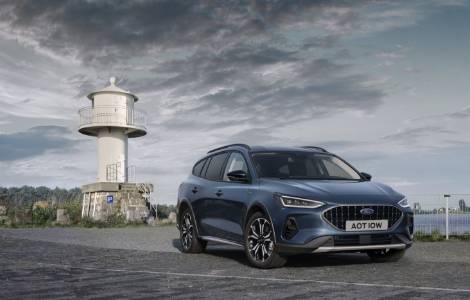- New Vehicles
- Immediately Available
- Used Vans
- Offers
- Electric & Hybrid
- Ford Pro
- Aftersales
- Finance
- Contact
- Fordstore Cars
There’s an easy way to charge your Ford Electric Commercial Vehicles, whether out and about, back at base or on their own driveways at the end of the working day. We can help find the perfect way for you to power your vehicle, with a fast-growing range of public charging stations, flexible home and business solutions, and range warnings with real-time help finding available chargers while they’re on the road.†
Home Charging
Taking work home? It’s never been easier to power your vehicle, with Home Charging. We can supply and fit a Ford Connected Wallbox or use the universal charge cord provided with your vehicle for overnight power. It’s easy to check if your fleet’s ready for business, with remote alerts to confirm your vehicle is charging. There’s automatic home reimbursement expense reporting too.


Depot Charging
When charging Electric Commercial Vehicles back at base, you can rely on Ford Pro to look after all your depot charging needs, supplying both infrastructure and software. Our specialist team is here to provide expertise on operational efficiency, energy management and availability, as well as managing long term costs.
Businesses can also schedule and supervise all-electric vehicle charging with Ford Pro™ E-Telematics.
Public Charging
Ford’s Public Charging Network gives access to over 16,000 charging stations* across the UK, thanks to our partnerships, including Shell Recharge and IONITY. Charge vehicles from 15-80% in as little as 34 minutes** – just locate and access a vacant charger in real time, thanks to Ford Charge Assist, then grab a coffee while your vehicle charges up.


What effects EV range?
There are three main factors that can affect the driving range of a full electric vehicle:
Heavy acceleration and high speeds
• In any type of vehicle, accelerating fast will use more power and reduce range. This applies toInternal Combustion Engines (ICE) and Electric Vehicles (EV).
• Likewise, faster speeds create exponentially more wind and road resistance, impacting on range.
Climate and temperature
• Extreme heat or cold temperatures outside have the potential to affect battery range, directly. All electric vehicles (EV’s) have less energy when in cold temperatures compared to warm temperatures due to battery cell chemistry.
• Heating and cooling the inside of the vehicle for passenger comfort also has an impact.
Payload
• Transporting more weight in the form of heavy cargo or multiple passengers results in greater energy consumption.



